Researchers
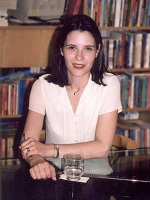 Ana Gonçalves Magalhães
Ana Gonçalves Magalhães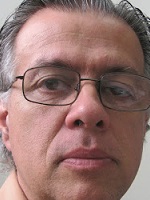 Augusto Camara Neiva
Augusto Camara Neiva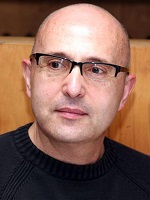 Carlos Roberto Appoloni
Carlos Roberto Appoloni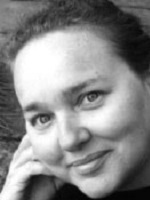 Fabíola Andréa Silva
Fabíola Andréa Silva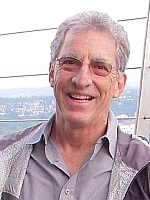 Manfredo Harri Tabacniks
Manfredo Harri Tabacniks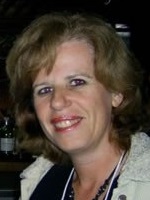 Márcia de Almeida Rizzutto
Márcia de Almeida Rizzutto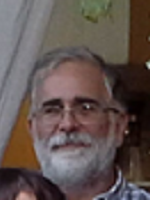 Nemitala Added
Nemitala Added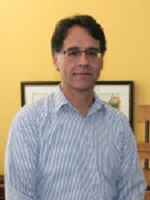 Patrick C. Ravines
Patrick C. Ravines Paulo Teixeira Lumatti
Paulo Teixeira Lumatti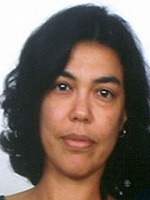 Solange Ferraz de Lima
Solange Ferraz de Lima Ana Gonçalves Magalhães
Ana Gonçalves Magalhães Augusto Camara Neiva
Augusto Camara Neiva Carlos Roberto Appoloni
Carlos Roberto Appoloni Fabíola Andréa Silva
Fabíola Andréa Silva Manfredo Harri Tabacniks
Manfredo Harri Tabacniks Márcia de Almeida Rizzutto
Márcia de Almeida Rizzutto Nemitala Added
Nemitala Added Patrick C. Ravines
Patrick C. Ravines Paulo Teixeira Lumatti
Paulo Teixeira Lumatti Solange Ferraz de Lima
Solange Ferraz de Lima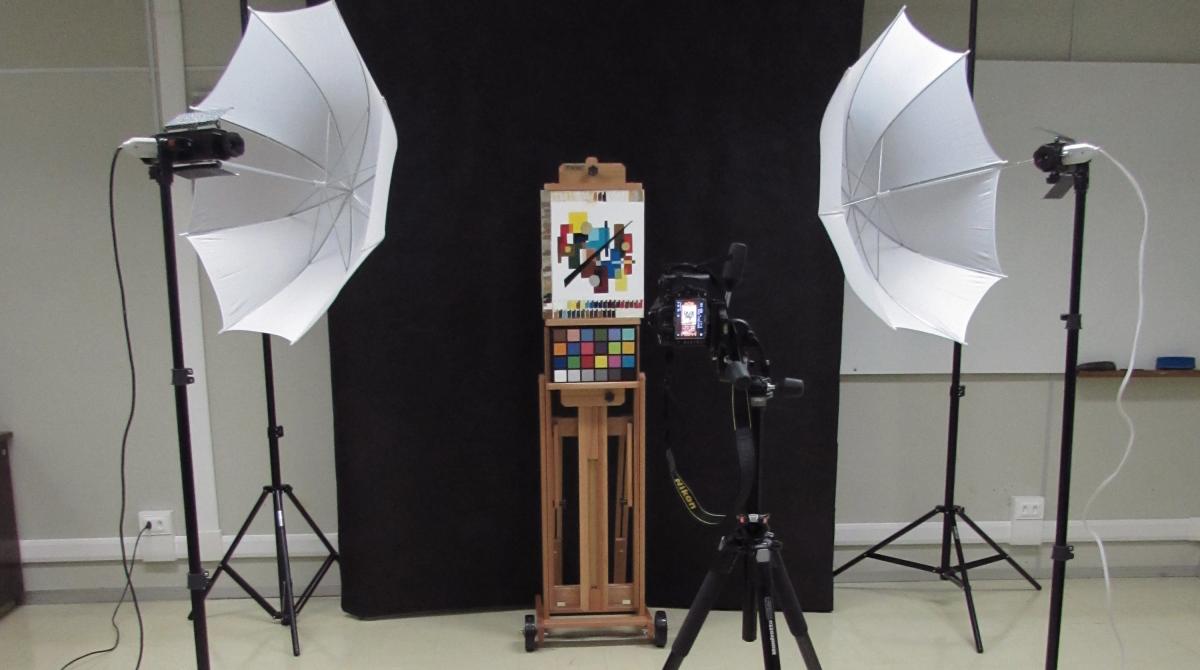
O Núcleo de Apoio à Pesquisa de Física Aplicada ao Estudo do Patrimônio Artístico e Histórico tem interesse em trabalhar com alunos de diferentes áreas para o estudo de acervos de diferentes museus para entender seus materiais e como se modificaram ao longo do tempo, o que possibilita auxiliar na conservação e restauro dessas obras. Interessados entrar em contato pelo e-mail: faepah@if.usp.br
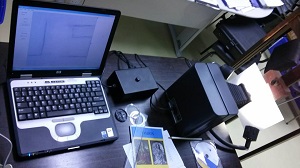
Para agendar horários para a utilização dos equipamentos clique aqui>>
Núcleo de Pesquisa de Física Aplicada ao Estudo do Patrimônio Artística e Histórico - Instituto de Física da USP
Rua do Matão, 187 – Travessa R - Cidade Universitária São Paulo 05508 – 090 Brasil
E-mail: faepah@if.usp.br | Telefone: (11)3091-6939 | Login
Copyright © 2025, NAP-FAEPAH
Designed by NAP-FAEPAH
